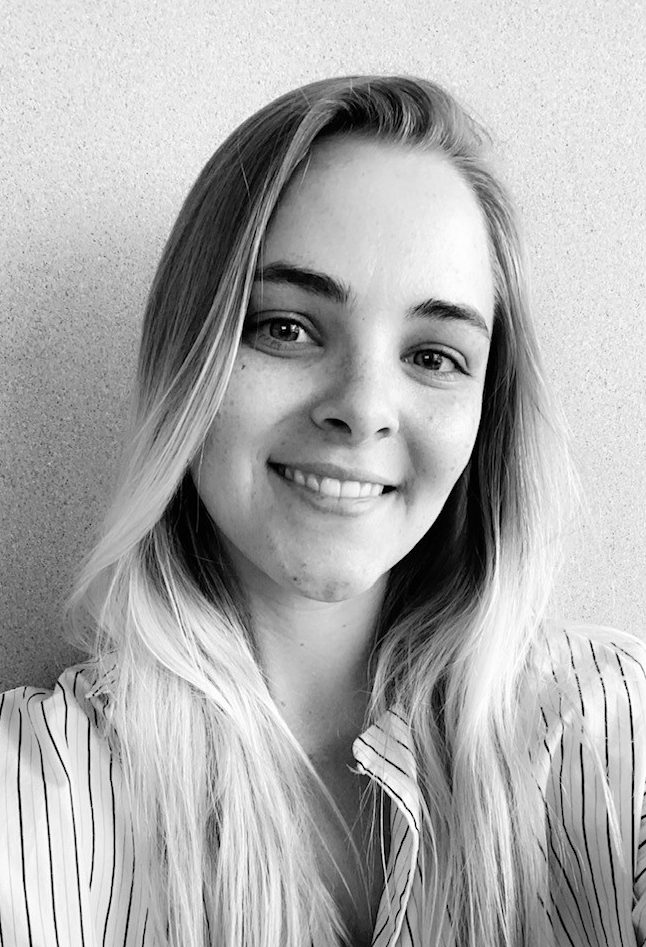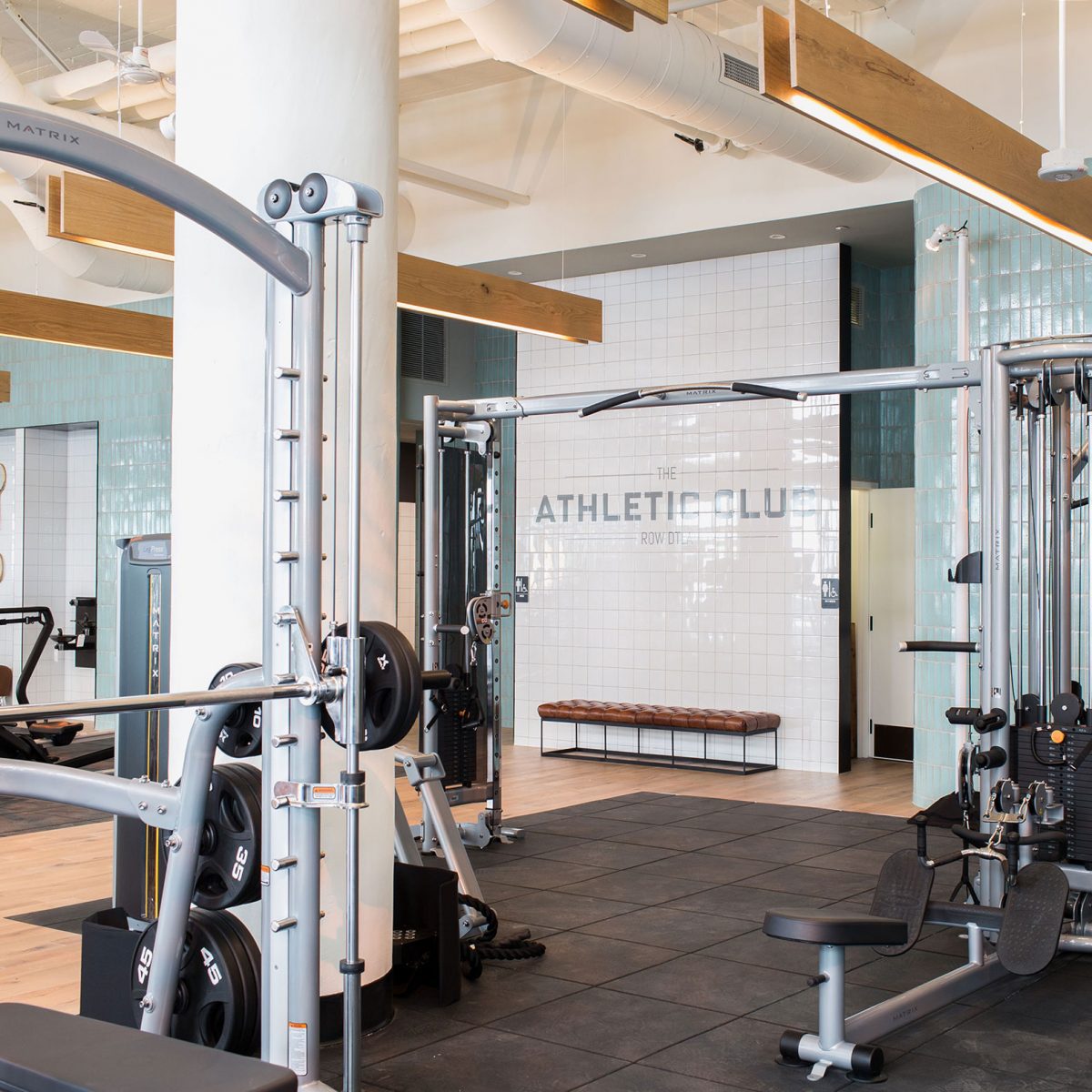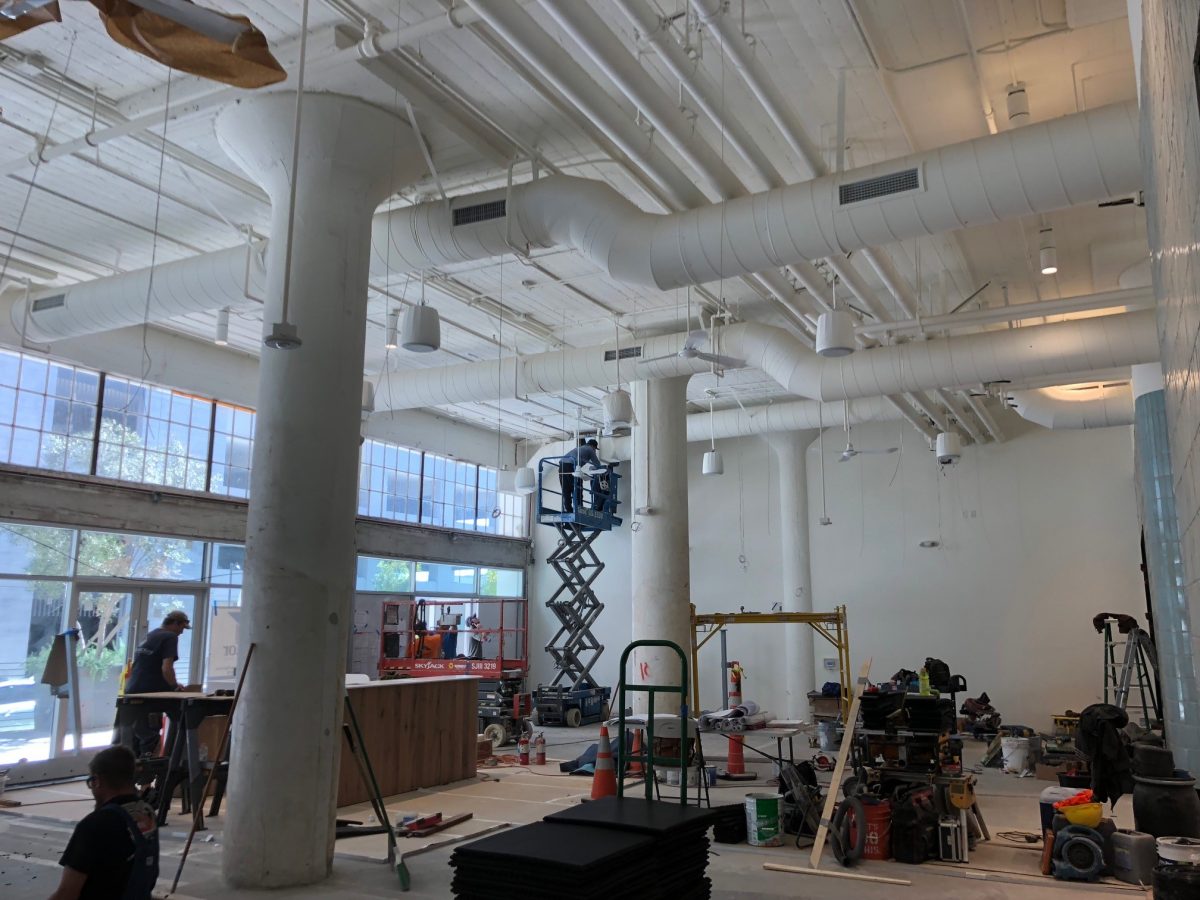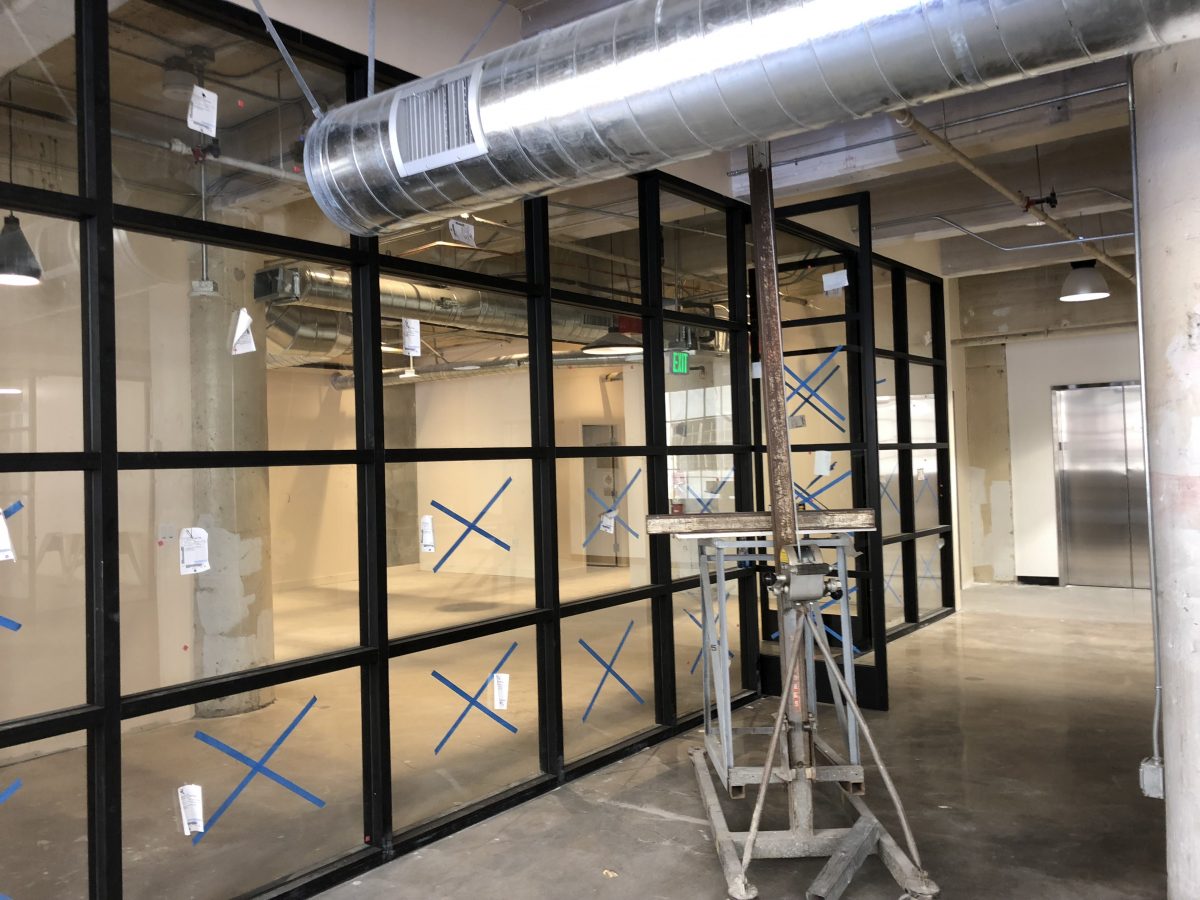Casaundra Quackenbush on Reframing Interior Design in Los Angeles
Alumna Casaundra Quackenbush (BFA ’15) is a Project Designer at House & Robertson Architects in Culver City. While studying at Woodbury, she worked in both the Woodshop and as a Resource Librarian for Interior Architecture. For the past five years she has been working in executive architectural services, creating projects in collaboration with a variety of noted design firms. We recently caught up with Casaundra to discuss her personal career path and how interior design, development and architecture have come together to shape her work today.
Interview with Casaundra
 Q: Why did you choose to study interior architecture?
Q: Why did you choose to study interior architecture?
Funny you should ask… originally upon applying for Woodbury, my application for acceptance was for a major in Architecture. However, back when I took my initial tour of the campus, I was given a quick tour of the IA building and felt inspired by the idea of reuse and rehabilitation of existing buildings in an impacted part of California. After more thought, I felt I could learn some of the basics of architecture but follow with more practice in the field of taking something that exists and adapting it towards a new future.
Q: You had a diverse background at Woodbury, including working in the wood shop, as an office assistant, and as a resource librarian. How did these experiences add to your education?
Working in the wood shop gave me the great experience of getting to know how intricate parts come together, providing a sense of application in architecture and design. Working in the resource library gave me more of an understanding of order, availability and the research of products, and to learn various materials. Aside from working in the wood shop and resource library, the last critical piece to my development puzzle was learning to network and place myself in a situation where I can meet a broad range of students and faculty to understand protocol, process and the systematic program of what it took to run the school of architecture.
Q: Working and living in Los Angeles, how does the city shape your work?
The city of Los Angeles provides a unique perspective onto my work because in many ways I have found LA to be a gold mine of opportunity. I have found myself working on projects far more complex than my experiences provide all while juggling how to address the many municipality divisions around the county. On a less technical note, it is rather entertaining to pay attention to design trends that float around from project to project to see what clients are interested in, what design ideas repeat on various projects and what elements of design end up becoming a timeless artifact once a project gets completed.
.
Q: Architects often face questions of narrowing project scopes. With changes to climate, technologies, and construction techniques, how do you think architects and designers will adapt ways of practicing to advance the profession?
Well, the beauty of an ever-changing industry is the evolution of the building code. More specifically, having sustainability requirements strengthen each year encourages more designers and architects each year to strive for something a bit more progressive than the last. Technology is something that seems to assist in the production of incredible design and execution, all in a timely fashion, while construction techniques provide informative guidance towards those who are pushing for the next challenging project in the great city of Los Angeles. And lastly, to address climate change, enforcing and implementing a piece of literature like CalGreen reminds professionals that we care about what we put out on every project so we can in turn take a step toward giving back to the earths production.
Q: What projects have you enjoyed working on most?
Somehow I have managed to work on a broad range of commercial projects within the industry and have found myself the most stunned with uses that involve assembling multiple people. Anything from restaurants, athletic clubs, to theaters and ballrooms have been a complex challenge given the nature of the acoustics, life safety and design intelligence. Everything from a historic core and shell rehabilitation to a ground up building has me energized to do the best possible job I can do while always staying excited for any new lessons I can learn on each project that comes my way.
Q: What advice would you give to students and designers who aspire to follow a similar career path?
Always remember that you will get out of your career what you put in, and while the late nights might seem hard in school, they will have prepared you for the deadlines one will face after graduation. One last thing, we do not live to work, but rather we work to live. Always make your best effort to experience life and mental happiness and work will follow your positive performance.
Q: What three words would you use to describe Woodbury?
Network. Opportunity. Challenge.


